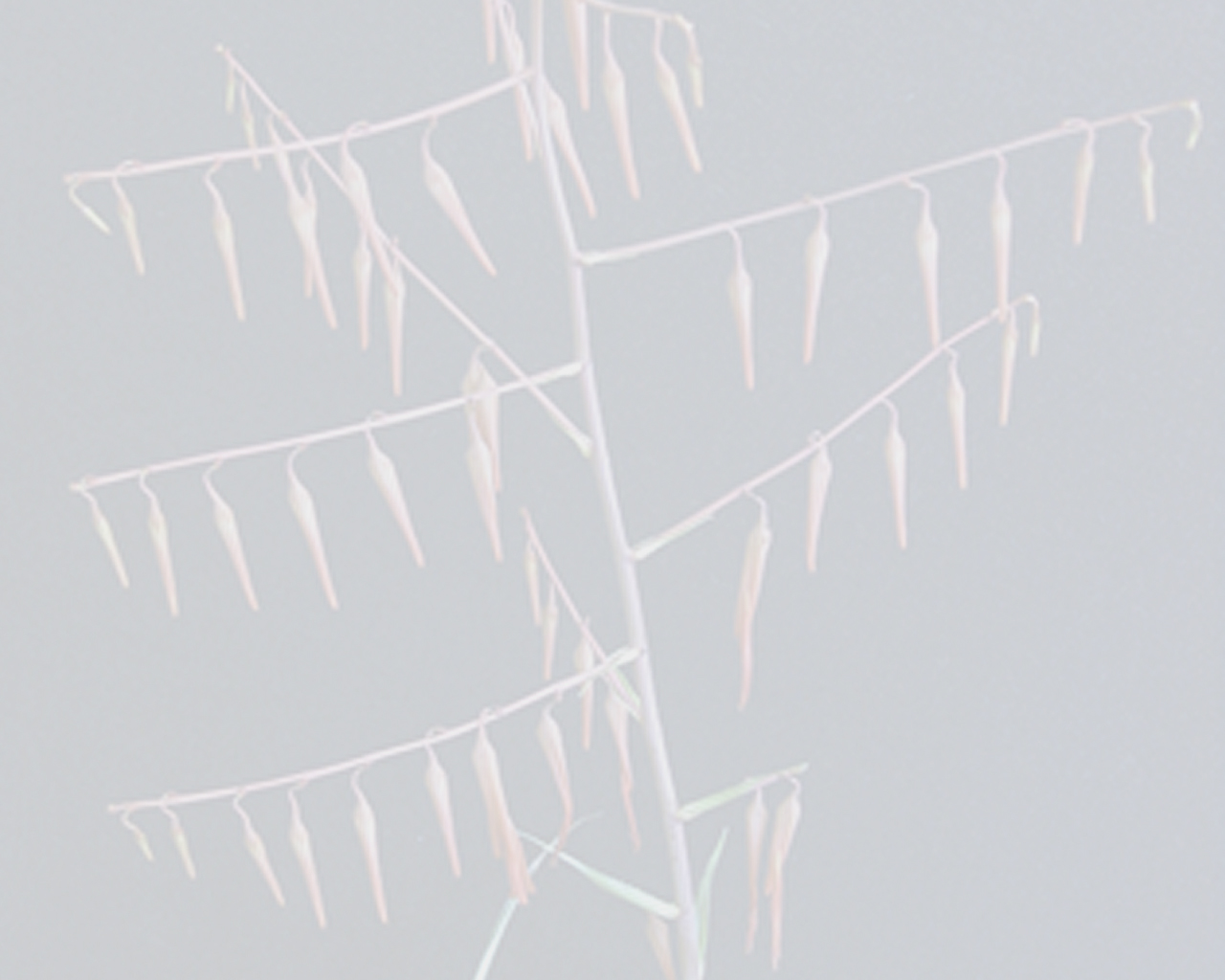
Pitcairnia vargasii R.Vasquez & P.L.Ibisch
Literature references:
Comments:
- Distribution and ecology: Pitcairnia vargasii is possibly an endemic species of the riversides of the river Altamachi, flowing from the river Secure, a tributary in turn of the Amazon river. It grows on rocky cliffs, surrounded by humid montane forests, characteristic of the region of the Yungas, in the Chapare Province in the department of Cochabamba. They occur at altitudes that vary between 1000 to 1200 m.
Of 21 species of the genus Pitcairnia now well-known in Bolivia, 12 have attractive flowers of a reddish colour in its different tones and they are pollinated by hummingbirds that look for the nectar and by bees that extract the pollen (Vásquez & Ibisch 2005).
Figures 1-3.
The reason for the project was to obtain biological data for the Amboro Madidi corridor,and also to carry out another botanical expedition for the River Cotacajes, a natural frontier between the departments of Cochabamba and La Paz, where they discovered new species of orchids among those included: Epidendrun marsiorum R. Vásquez & P.L. Ibisch, Scelochilus neoyorkorum R. Vásquez, P.L. Ibisch & I.G. Vargas (Vásquez & Ibisch 2003), Zygostates riefenstahliae R. Vásquez & I.G.
Vargas (Vásquez 2003) and the Bromeliaceae, Tillandsia dorisdaltoniae Vásquez, Ibisch, Vargas & Till (Ibisch et al. 2003) that reflect the existent botanical diversity in those regions previously little explored.
Introduction
Noting the rivers Malpaso, Reunion, the Piedras and del Oro reminds us of the rivers discovered and blessed by the French naturalist Alcides d'Orbigny during the journey carried out in search of a route direct to Beni. It was the 2nd July 1832, when d'Orbigny left Cochabamba, in a northerly direction, across the Cordillera Oriental de los Andes and inside territories unknown. Navigating the rivers that descend from the Andes to the Amazon to arrive finally 38 days later in Trinidad (Beni). An itemized account of that journey is found in the diary that he wrote under the title of ‘ Viaje a la America Meridional’ (Ballestros 1958). 175 years has elapsed since that epic trip and most parts of the territories that were crossed, continue today as pristine as those met by d'Orbigny. It seemed that the time has stayed still and, fortunately for the biologists, the biological diversity of those regions is conserved unaffected.
The same as in those times, the humid forests of the north of Cochabamba continue to be places of difficult access, unless advantage of modern means of transport is taken. As a member of the expedition to the River Altamachi, Israel G. Vargas participated in the group that had the mission of obtaining biological data for the Amboro Madidi corridor, a project carried out in 2001, and financed by WWF-Bolivia. In the middle of the month of August of this year, this expedition was transported by helicopter from the city of Cochabamba to the outlet of the River Malpaso near the River Altamachi. Among the numerous collections of botanical specimens gathered by Vargas was one considered to be a Pitcairnia sp. which flowered in Santa Cruz de la Sierra in July 2006. Morphologically it has some resemblance with P. riparia Mez but it differs notably in the flocculose indument that covers the floral parts and in the position, colour and size of the flowers, and which we propose as a new species. —See Ibisch 1998

